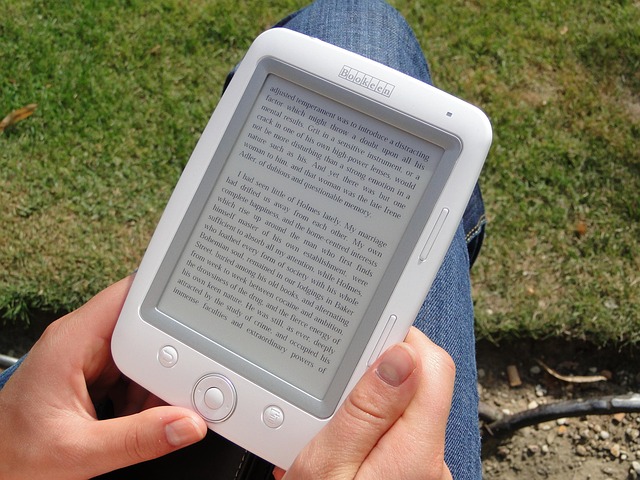In an era when displays dominate our lives, from smartphones to large TV screens, the quest for better technology continues to evolve. Among the various innovations, E-ink technology stands out not just for its efficiency, but also for the unique experience it offers. Unlike traditional electronic displays, which often rely on colorful backlit screens, E-ink emulates the appearance of printed paper, providing a reading experience that is easy on the eyes.
Imagine a world where you can watch your favorite shows on a screen that feels more like a window to reality than a gadget. TV technology has been dramatically improving, consistently pushing the boundaries of color vibrancy and resolution. However, for long-duration viewing, the strain of backlit screens can result in discomfort and eye fatigue. E-ink displays can potentially transform how we visualize content, making it more comfortable for extended periods.
With their low power consumption, E-ink monitors hold significant promise in both personal and professional arenas. Picture a workspace where your computer screen consumes minimal energy while providing clear, crisp text for coding or design work. This kind of display technology merges functionality with sustainability, addressing a crucial need in today’s energy-conscious world.
The application of E-ink extends beyond just reading or working; it also opens new channels for creativity. Artists and designers could use E-ink technology to create adaptable canvases that transform based on mood, season, or project. The flexibility of E-ink allows for an enriching visualization process, whereby one can change the display at will without any significant energy cost.
As we delve deeper into the realm of displays, the question arises: how can E-ink be integrated into everyday life? For many, the transition to E-ink from traditional monitors may initially seem like a leap. However, with increasing advancements, we are likely to see a rise in hybrid displays that offer the best of both worlds—colorful, vibrant visuals alongside the eye-friendly properties of E-ink.
As we explore the potential of E-ink technology, we are not just looking at an upgrade in display technology. We are comprehensively revisiting how we interact with visual media. The arrival of E-ink could signify a shift towards more human-centric designs, allowing people to engage with content in a more relaxed and meaningful manner.
The future of displays is not solely about enhancing features but also about enhancing the user experience. With E-ink, we stand on the brink of a transformation that harnesses technology in a way that is more attuned to our needs. Whether it’s dynamic visuals on our TVs or innovative work monitors that reduce eye strain, E-ink provides a compelling glimpse into the future of digital interaction.




